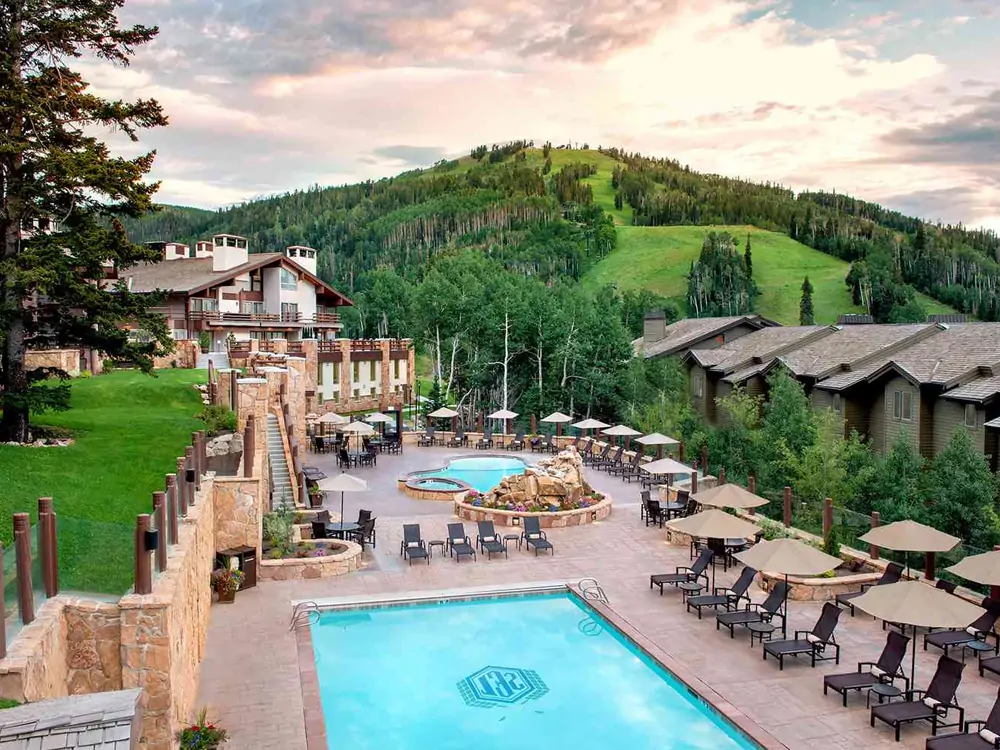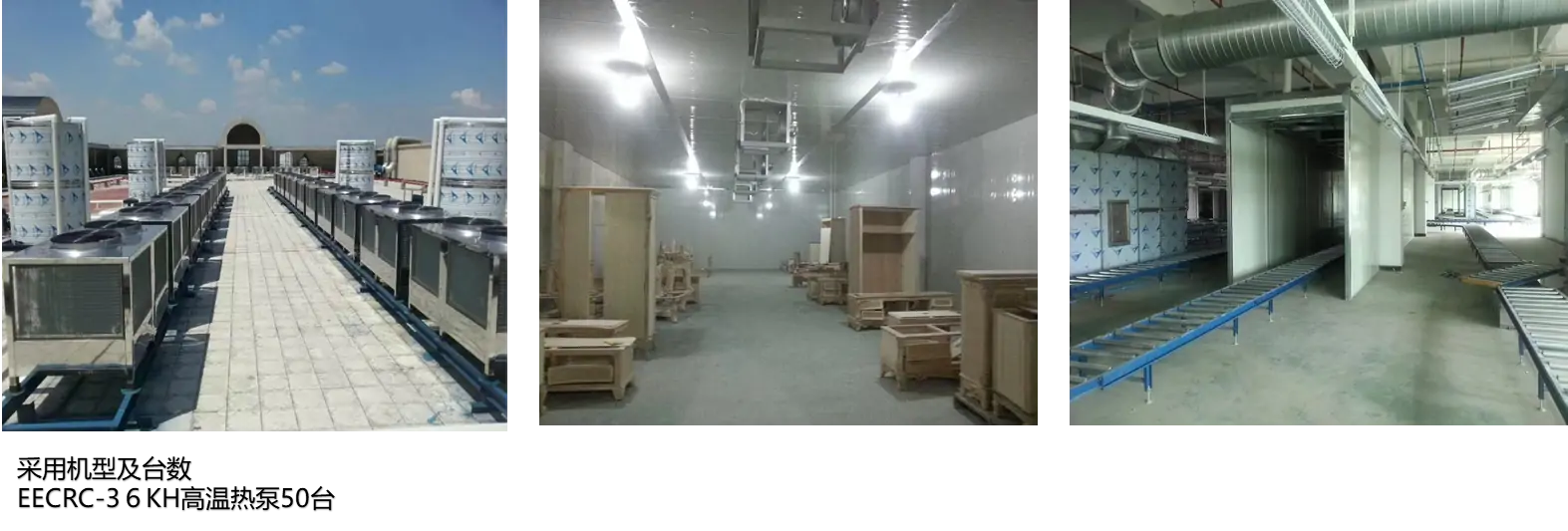Industry Water cooling unit Solution systems
Industrial Water Cooling Unit Solution Systems are designed to dissipate heat in industrial settings. They consist of a cooling tower, heat exchanger, pump, and water circulation pipes. The system circulates water to absorb heat from industrial equipment, then transfers it to the cooling tower where evaporation and air convection release the heat. This helps maintain proper operating temperatures, enhancing equipment performance and lifespan, and is crucial for industries with high heat – generating processes like manufacturing and power generation.
















